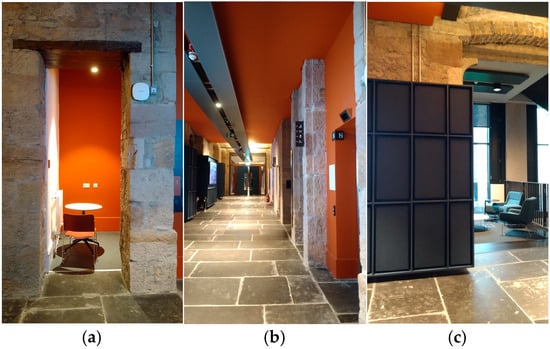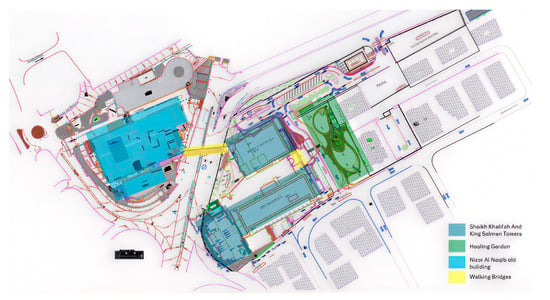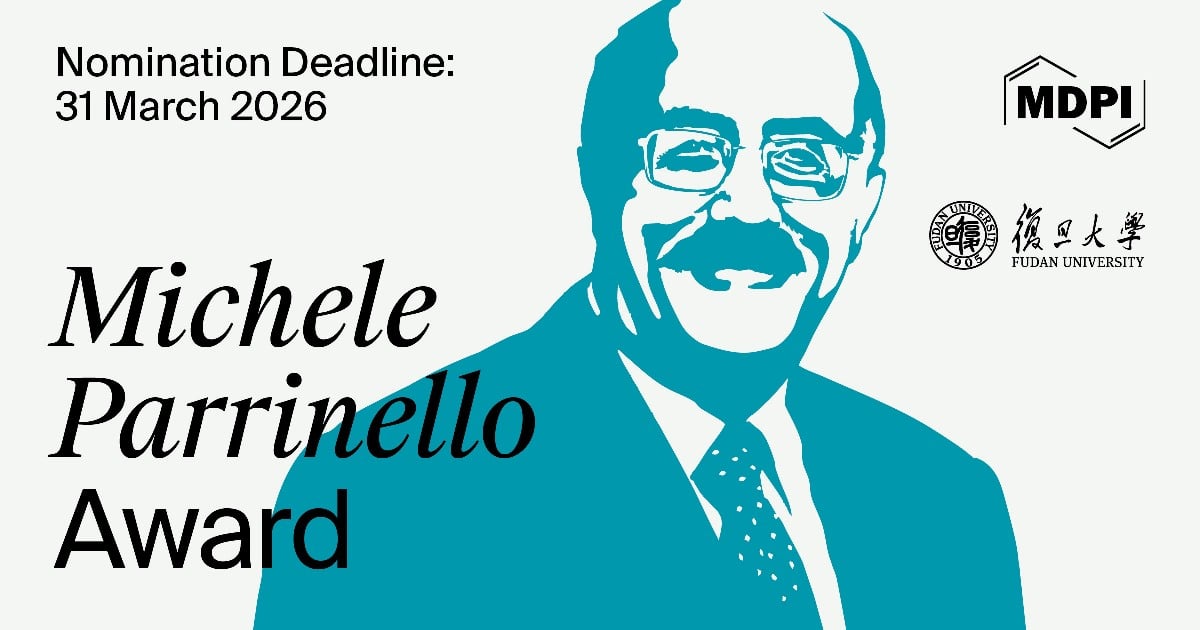Journal Description
Architecture
- Open Access— free for readers, with article processing charges (APC) paid by authors or their institutions.
- High Visibility: indexed within ESCI (Web of Science), Scopus, and other databases.
- Rapid Publication: manuscripts are peer-reviewed and a first decision is provided to authors approximately 34.2 days after submission; acceptance to publication is undertaken in 3.9 days (median values for papers published in this journal in the first half of 2025).
- Recognition of Reviewers: APC discount vouchers, optional signed peer review, and reviewer names published annually in the journal.
- Architecture is a companion journal of Buildings and Sustainability.
- Journal Cluster of Civil Engineering and Built Environment: Architecture, Buildings, CivilEng, Construction Materials, Infrastructures, Intelligent Infrastructure and Construction, NDT and Vibration.
Latest Articles
E-Mail Alert
News
Topics
Deadline: 31 January 2026
Deadline: 20 March 2026
Deadline: 31 March 2026
Deadline: 20 May 2026
Conferences
Special Issues
Deadline: 15 December 2025
Deadline: 31 December 2025
Deadline: 5 January 2026
Deadline: 15 January 2026





























